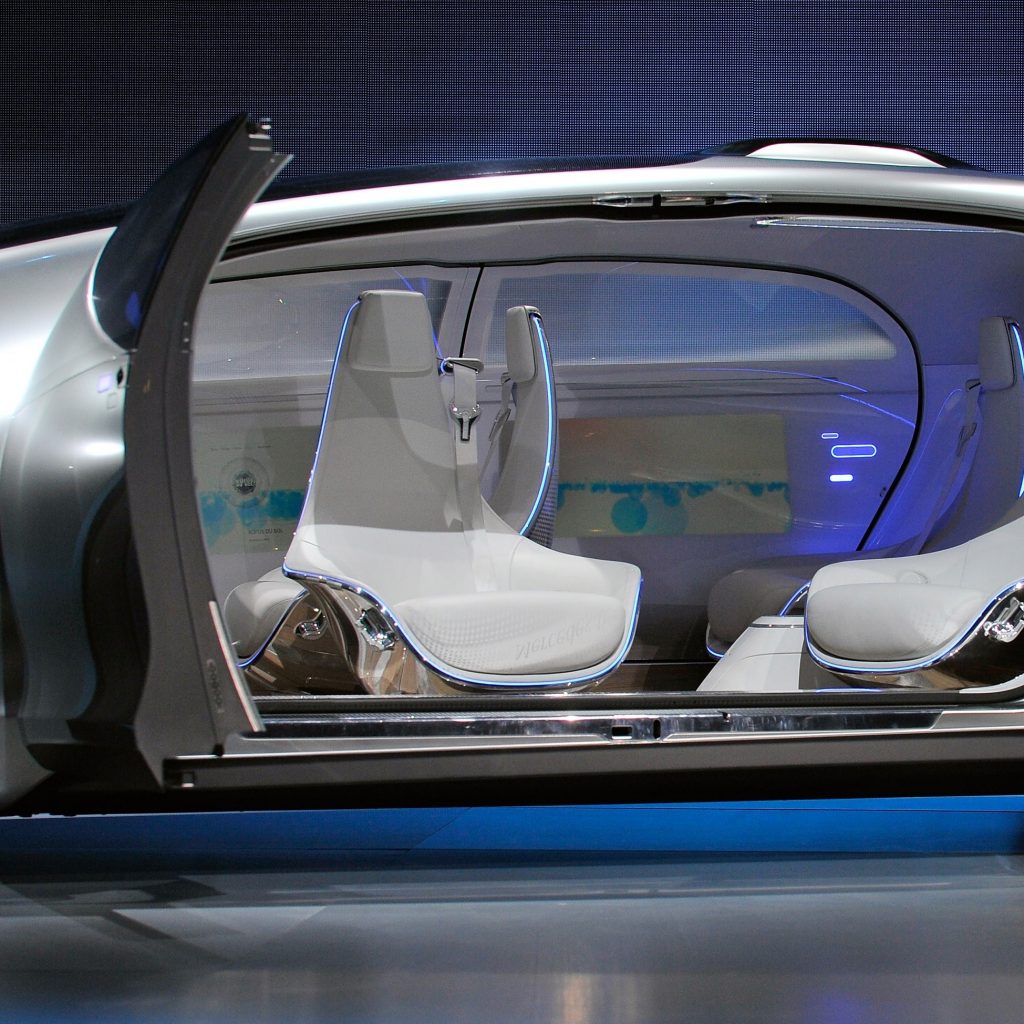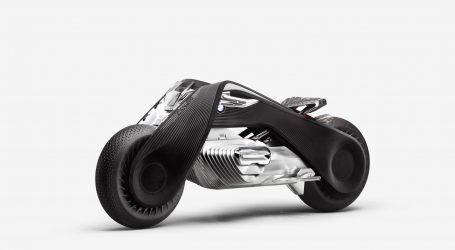Artificial Intelligence in Cars: Are They the Future?

In the past, artificial intelligence was only limited to robots and computers but as technology became more and more sophisticated, the possibilities have also become limitless. Now, carmakers are considering building an artificially intelligent car. Google has paved the way with its self-driving car and other major carmakers like Volvo and BMW are building similar prototypes. But how long-term are artificially intelligent cars or do they really have a future?
For starters, the idea of getting into a car which drives you to work is amazing – all you have to do is tell it where to go and it will take you there. Imagine having to sit, read the newspaper, or review your to-do list for the day, without worrying about where to turn next or having to shout at insensitive drivers. That would be heaven! Or future heaven!
But how about safety? Are they safe? Or the issue of control – are we willing to give up control and let our cars take care of us?
The Symbol of Control
Although artificially intelligent cars will surely have a place in the future, James Hotary, director of xWorks Innovation Center of Faurecia Automotive Seating NA, comments that “completely autonomous vehicles are not going to be around anytime soon.”
That’s because the idea of steering your own car is a form of control which we don’t want to give up easily. Being in control is deeply embedded in our genes and we panic if we lose that. Therefore, the steering wheel is a symbol of control – an idea that comforts us.
However, Hotary also painted a scenario where “all of a sudden the manual part is the less-common-use case” and people will suddenly decide to do away with it. Carmakers are, in fact, going towards that path and with braver ideas. For example, BMW CEO Harald Krueger is thinking beyond just autonomous cars but a real companion car.
Your Car, Your Companion
Krueger said that BMW is assembling a team of experts for artificial intelligence and machine learning to develop its Vision Next 100 car, a vehicle that also understands how you feel and will respond to you like a real person.
He said that the inspiration came from Google’s AlphaGo software’s victory over Lee Sedol; the world’s best Go player and from the Pepper humanoid robot which is programmed to analyze and respond to human emotions.
He cited that both the AlphaGo software and the Pepper humanoid serves as the turning point in the history of artificial intelligence. They also serve as clear examples that technology is becoming more and more human. And if this technology can be utilized in these machines, imagine the potential in cars.
“Just imagine you get into your car and it recognizes straight away what mood you’re in, probably quicker than your spouse,” he added.
Krueger is optimistic about the future and calls it a big opportunity rather than a threat because it gives new meaning to versatility.
How about Safety?
How cool is it to have a car that drives you to work and responds to your emotions? On the other hand, how safe is it?
Well, it’s not really the cars, but humans who cause accidents, according to Google. The Menlo Park, California-based company said that 94% of minor car accidents are caused by humans. Thus, they are fitting their autonomous car with a honking software that can detect human activity outside your car and will alert them to its presence by honking at them.
In a monthly update they have released regarding their self-driving car project, Google said that they ‘taught’ their car to recognize the difference between “potentially tricky situations and false positives, i.e. the difference between a car facing the wrong way during a three-point turn, and one that’s about to drive down the wrong side of the road.” They added that their goal is to develop a car that will look like a seasoned and patient driver.
As artificially intelligent cars are becoming more and more of a reality, Mark Rosekind, chief of the National Highway Traffic Safety Administration, believes that technology is going faster than the regulatory board’s ability to create new rules. Thus, he suggests that the regulators should develop new safety metrics and have an open mind on the data sources where those metrics will be based on.
In the meanwhile, China has set its sights on beating America to the self-driving car. So when two tech giants go head-to-head in a driverless car battle, we hope the best manufacturer drives to the finish line first!




